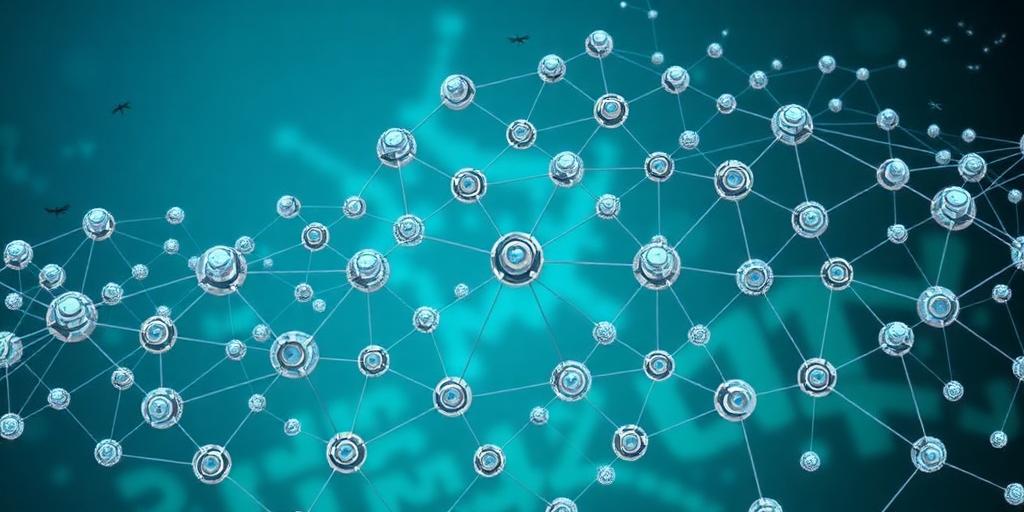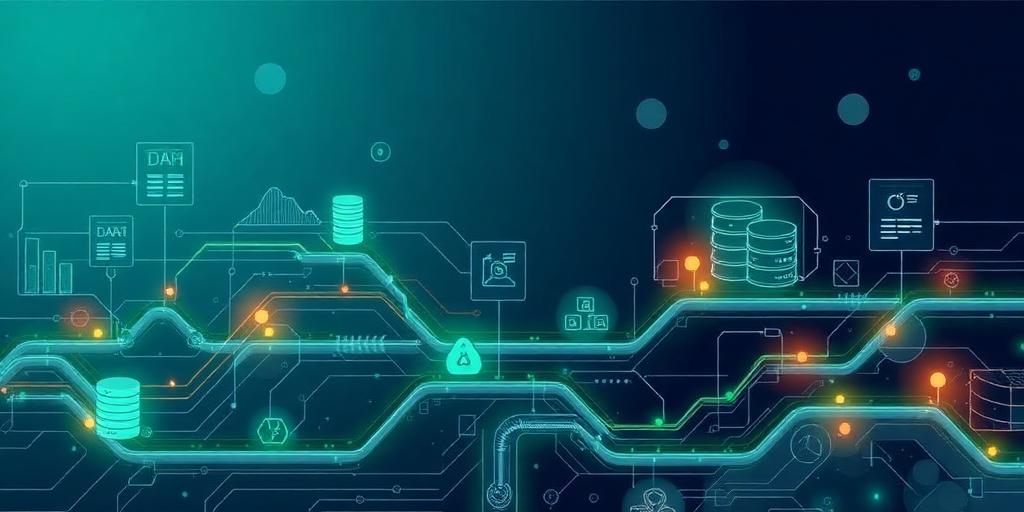How Swarm Robotics is Inspired by Nature: A Blueprint for Collective Intelligence
Swarm robotics represents a fascinating frontier in artificial intelligence and engineering, drawing profound inspiration from the collective behaviors observed in natural systems. Rather than relying on a single, complex robot, this paradigm utilizes numerous simpler robots that interact locally to achieve sophisticated global objectives. The efficiency, robustness, and adaptability of these systems are directly attributable to the blueprints provided by evolution's most successful collective agents: ant colonies, bird flocks, and fish schools.
The Core Principle: Decentralized Control and Emergent Behavior
At its heart, swarm robotics mimics nature's decentralized approach to problem-solving. Unlike traditional robotic systems where a central commander dictates every action, individual robots in a swarm operate based on simple rules and local sensory information. Complex, intelligent behaviors – such as foraging, navigation, or coordinated movement – emerge from these myriad local interactions, without the need for an overarching control unit. This concept of emergent behavior in robotics is a direct emulation of biological swarms.
For instance, an ant colony, despite lacking a central leader, demonstrates remarkable capabilities in finding food, building intricate nests, and defending its territory. Each ant follows basic rules: follow pheromone trails, drop pheromones when finding food, and avoid obstacles. From these humble actions, an entire colony's collective intelligence arises. This biological model provides a powerful framework for designing decentralized robotic systems that can operate effectively in dynamic, unstructured environments.
Nature's Master Class in Collective Intelligence
Several key natural phenomena serve as direct inspiration for swarm robotic algorithms:
- Ant Colony Optimization (ACO): Inspired by how ants find the shortest path between their nest and a food source, ACO algorithms are used in routing, scheduling, and resource allocation problems. Robots use virtual 'pheromones' to mark paths, allowing the swarm to collectively identify optimal routes.
- Bird Flocking (Boids Model): The mesmerizing synchronized movement of bird flocks, where individuals maintain separation, align velocity, and cohere with neighbors, has given rise to algorithms governing collective robot behavior. These models enable swarms of aerial or ground robots to move in formation, avoid collisions, and explore areas efficiently.
- Fish Schooling: Similar to bird flocks, fish schools exhibit impressive coordination, primarily for predator evasion and foraging. This inspiration drives the development of robotic swarms capable of rapid, coordinated maneuvers, essential for tasks like environmental monitoring or search and rescue in hazardous conditions.
These biological insights demonstrate the power of simplicity at the individual level leading to complexity at the collective level. This makes biologically inspired robotics incredibly resilient; the failure of a few individuals does not cripple the entire system, a critical advantage over single, monolithic robots.
Advantages and Applications of Nature-Inspired Swarms
The inherent advantages of nature-inspired swarm robotics are numerous:
- Robustness and Resilience: The distributed nature of swarm control means the system can tolerate individual robot failures without significant degradation in overall performance.
- Scalability: Adding more robots to a swarm can often enhance its capabilities and cover larger areas or perform more complex tasks without requiring a complete redesign.
- Flexibility and Adaptability: Swarms can adapt to changing environments and unexpected obstacles more effectively than rigid, pre-programmed systems.
- Cost-Effectiveness: Building many simple, less expensive robots can be more economical than manufacturing a single, highly complex, and costly machine.
These benefits position swarm robotics for a wide array of future applications. From exploring distant planets and deep-sea environments to agricultural monitoring, disaster relief, and even intricate manufacturing processes, the potential for nature-inspired algorithms for robotics is vast. The ongoing study of natural collective intelligence continues to unlock new paradigms for designing increasingly autonomous and intelligent robotic systems.
Conclusion
The intricate dance of ant colonies, the graceful flow of bird flocks, and the synchronized movements of fish schools offer far more than just aesthetic beauty; they provide a profound educational resource for the field of swarm robotics. By meticulously observing and mathematically modeling these natural phenomena, engineers are constructing the next generation of robotic systems – systems that are not only capable of complex tasks but are also inherently robust, scalable, and adaptable. As we continue to delve deeper into the secrets of nature's collective intelligence, the capabilities of swarm robotics will undoubtedly expand, leading to innovations that once seemed exclusively within the realm of science fiction.









